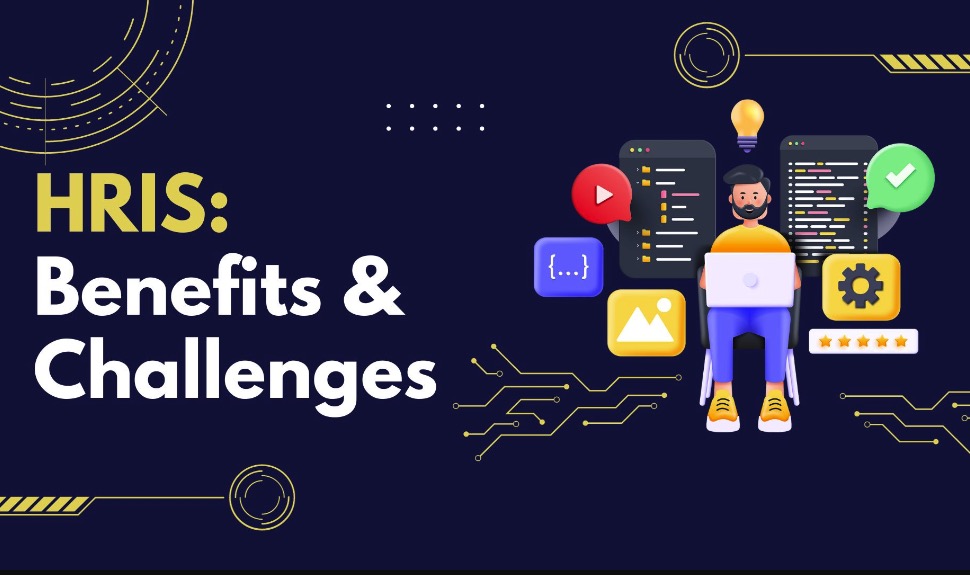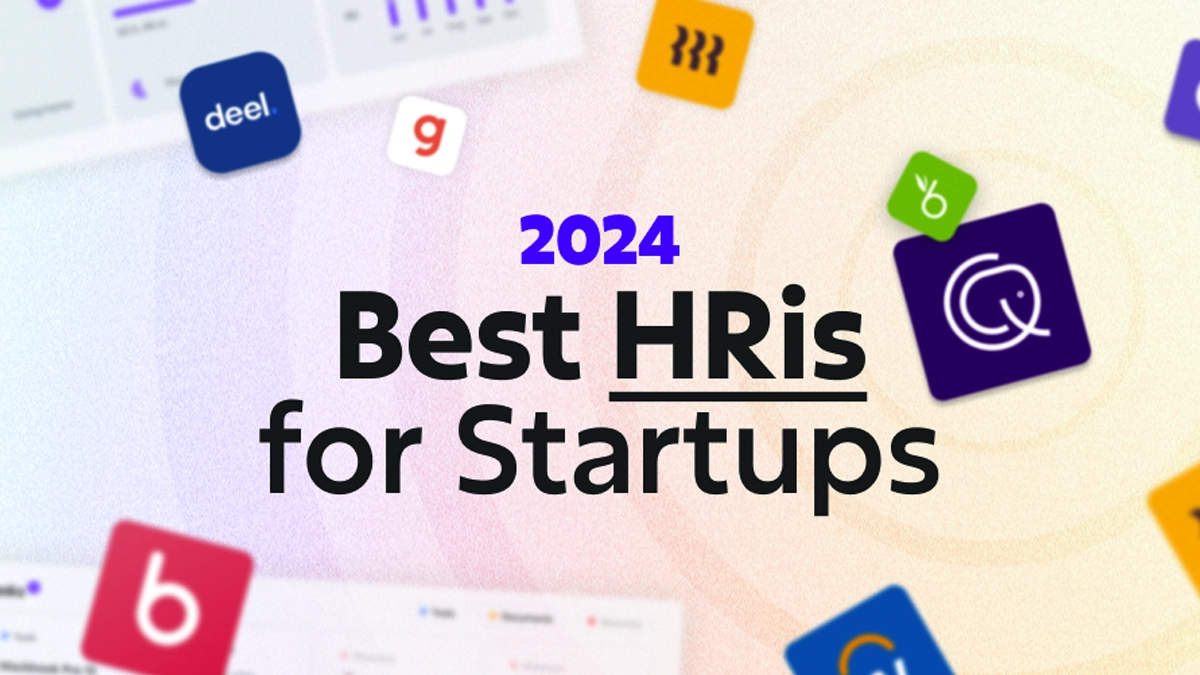HRIS Implementation Challenges[1] – Implementing a Human Resource Information System (HRIS) can revolutionize HR processes, making them more efficient and effective. However, the path to successful implementation is often fraught with challenges. These challenges can range from resistance to change and data migration issues to budget constraints and integration difficulties. In this article, we will explore common HRIS implementation challenges and provide strategies to overcome them.
1. Resistance to Change HRIS Implementation Challenges
Employee Resistance
One of the most common challenges is resistance from employees who are accustomed to existing processes. This resistance can stem from fear of the unknown, concerns about job security, or a preference for familiar routines.

Strategy to Overcome:
- Effective Communication: Clearly communicate the benefits of the HRIS to all employees. Highlight how the new system will make their work easier and more efficient.
- Involve Employees Early: Involve employees in the implementation process from the beginning. Seek their input and address their concerns to gain their buy-in.
- Provide Training and Support: Offer comprehensive training sessions to help employees become comfortable with the new system. Provide ongoing support to address any issues that arise post-implementation.
Management Resistance
Resistance can also come from management, particularly if they believe the new system will disrupt current operations or require significant changes to workflows.
Strategy to Overcome:
- Demonstrate ROI: Clearly demonstrate the return on investment (ROI) of the HRIS. Use data and case studies to show how the system will benefit the organization.
- Pilot Programs: Implement pilot programs in specific departments to showcase the system’s effectiveness. Success in these areas can persuade skeptical managers.
- Address Concerns: Have open discussions with managers to address their specific concerns and provide solutions to mitigate potential disruptions.
2. Data Migration Challenges HRIS Implementation Challenges
Data Quality Issues
Migrating data from legacy systems to a new HRIS can be challenging, especially if the data is incomplete, inconsistent, or inaccurate.
Strategy to Overcome:
- Data Cleansing: Before migration, conduct a thorough data cleansing process to identify and rectify errors. This step ensures that only accurate and relevant data is transferred.
- Data Mapping: Develop a detailed data mapping plan that outlines how data from legacy systems will be translated into the new HRIS. This plan should address data formats, fields, and relationships.
- Testing: Perform extensive testing to ensure that data has been correctly migrated. This testing should include data validation checks and comparisons with legacy data.
Technical Compatibility
Ensuring that data from old systems is compatible with the new HRIS can be a technical challenge.
Strategy to Overcome:
- Engage IT Experts: Involve IT professionals who have experience with data migration projects. Their expertise will be crucial in addressing technical compatibility issues.
- Use Migration Tools: Utilize data migration tools and software that can automate and streamline the migration process. These tools can help ensure data integrity and reduce manual errors.
- Conduct Trial Migrations: Perform trial migrations to identify and resolve any compatibility issues before the full-scale migration.
3. Budget Constraints HRIS Implementation Challenges

Cost Overruns
HRIS implementation projects can often exceed initial budgets due to unforeseen expenses, such as additional training, customization, or extended timelines.
Strategy to Overcome:
- Detailed Budget Planning: Develop a detailed budget that accounts for all potential costs, including hardware, software, training, and support. Include a contingency fund for unexpected expenses.
- Cost-Benefit Analysis: Conduct a thorough cost-benefit analysis to justify the investment. Highlight long-term savings and efficiency gains that will offset initial costs.
- Phased Implementation: Consider a phased implementation approach, which allows for spreading out costs over time and adjusting the budget as needed.
Limited Funding
Securing sufficient funding for the HRIS implementation can be a challenge, particularly in smaller organizations with limited budgets.
Strategy to Overcome:
- Prioritize Features: Focus on the most critical features and functionalities that will deliver the highest ROI. Additional features can be added later as funding becomes available.
- Seek External Funding: Explore external funding options, such as grants or loans, that can support the implementation project.
- Demonstrate Value: Make a compelling case to stakeholders, demonstrating how the HRIS will contribute to organizational goals and improve overall efficiency.
4. Integration with Existing Systems HRIS Implementation Challenges

Compatibility Issues
Integrating the new HRIS with existing systems, such as payroll, finance, or time-tracking systems, can be complex and may encounter compatibility issues.
Strategy to Overcome:
- API Integration: Use Application Programming Interfaces (APIs) to facilitate seamless integration between the HRIS and existing systems. APIs allow different software systems to communicate and share data effectively.
- Vendor Support: Work closely with the HRIS vendor to ensure that the system is compatible with your existing software. Vendors can often provide integration solutions or customization to address specific needs.
- Incremental Integration: Integrate systems incrementally rather than all at once. This approach allows for testing and troubleshooting each integration point individually, reducing the risk of widespread issues.
Data Synchronization
Ensuring that data remains synchronized across multiple systems can be a challenge, particularly if changes are made frequently.
Strategy to Overcome:
- Real-Time Sync: Implement real-time data synchronization to ensure that updates in one system are immediately reflected in the HRIS and other integrated systems.
- Regular Audits: Conduct regular data audits to verify the accuracy and consistency of synchronized data. Address any discrepancies promptly to maintain data integrity.
- Automated Processes: Use automated processes for data synchronization to minimize manual intervention and reduce the risk of errors.
5. User Adoption HRIS Implementation Challenges
Low User Engagement
Achieving high user adoption rates is critical for the success of the HRIS. However, low engagement can be a significant barrier.
Strategy to Overcome:
- User-Friendly Design: Choose an HRIS with an intuitive and user-friendly design. A system that is easy to navigate will encourage users to engage with it regularly.
- Incentivize Use: Offer incentives for employees to use the new system, such as rewards for completing training or using specific features.
- Continuous Training: Provide ongoing training sessions and resources to ensure that users are confident and proficient in using the HRIS. Address any questions or issues that arise promptly.
Lack of Customization
A one-size-fits-all HRIS may not meet the specific needs of all users, leading to dissatisfaction and low adoption rates.
Strategy to Overcome:
- Customizable Features: Choose an HRIS that offers customizable features and workflows. This flexibility ensures that the system can be tailored to meet the unique needs of different departments and users.
- Feedback Loop: Establish a feedback loop to gather user input on the system’s functionality. Use this feedback to make necessary adjustments and improvements.
- Pilot Testing: Conduct pilot testing with a small group of users to identify customization needs and gather feedback before a full-scale rollout.
6. Technical Challenges HRIS Implementation Challenges
Insufficient IT Support
Lack of adequate IT support can hinder the HRIS implementation process, leading to delays and technical issues.
Strategy to Overcome:
- Dedicated IT Team: Establish a dedicated IT team to support the HRIS implementation. Ensure that the team has the necessary skills and resources to address technical challenges.
- Vendor Support Services: Leverage the support services offered by the HRIS vendor. These services can include technical support, troubleshooting, and assistance with system configuration.
- Training for IT Staff: Provide specialized training for IT staff on the new HRIS. This training ensures that they are equipped to handle technical issues and support users effectively.
System Downtime
System downtime during the implementation can disrupt HR operations and lead to frustration among users.
Strategy to Overcome:
- Implementation Plan: Develop a detailed implementation plan that includes scheduled downtime. Communicate this plan to all stakeholders to minimize disruption.
- Backup Systems: Implement backup systems to ensure continuity of critical HR functions during the transition period. These backups can include manual processes or temporary systems.
- Monitor and Optimize: Continuously monitor the HRIS during and after implementation to identify and resolve any issues that could cause downtime. Optimize system performance to ensure stability.
In conclusion, while HRIS implementation can present numerous challenges, these can be effectively managed with careful planning, strong communication, and strategic problem-solving. By anticipating potential obstacles and developing strategies to overcome them, organizations can ensure a successful HRIS implementation that enhances HR processes and supports overall business objectives.
Reference
- https://www.linkedin.com/pulse/challenges-implementing-human-resource-information-dq0pc



